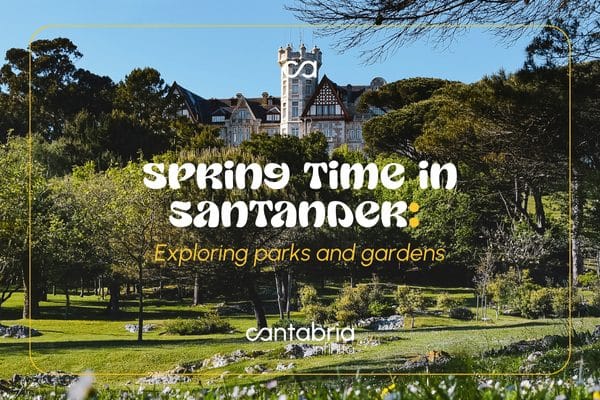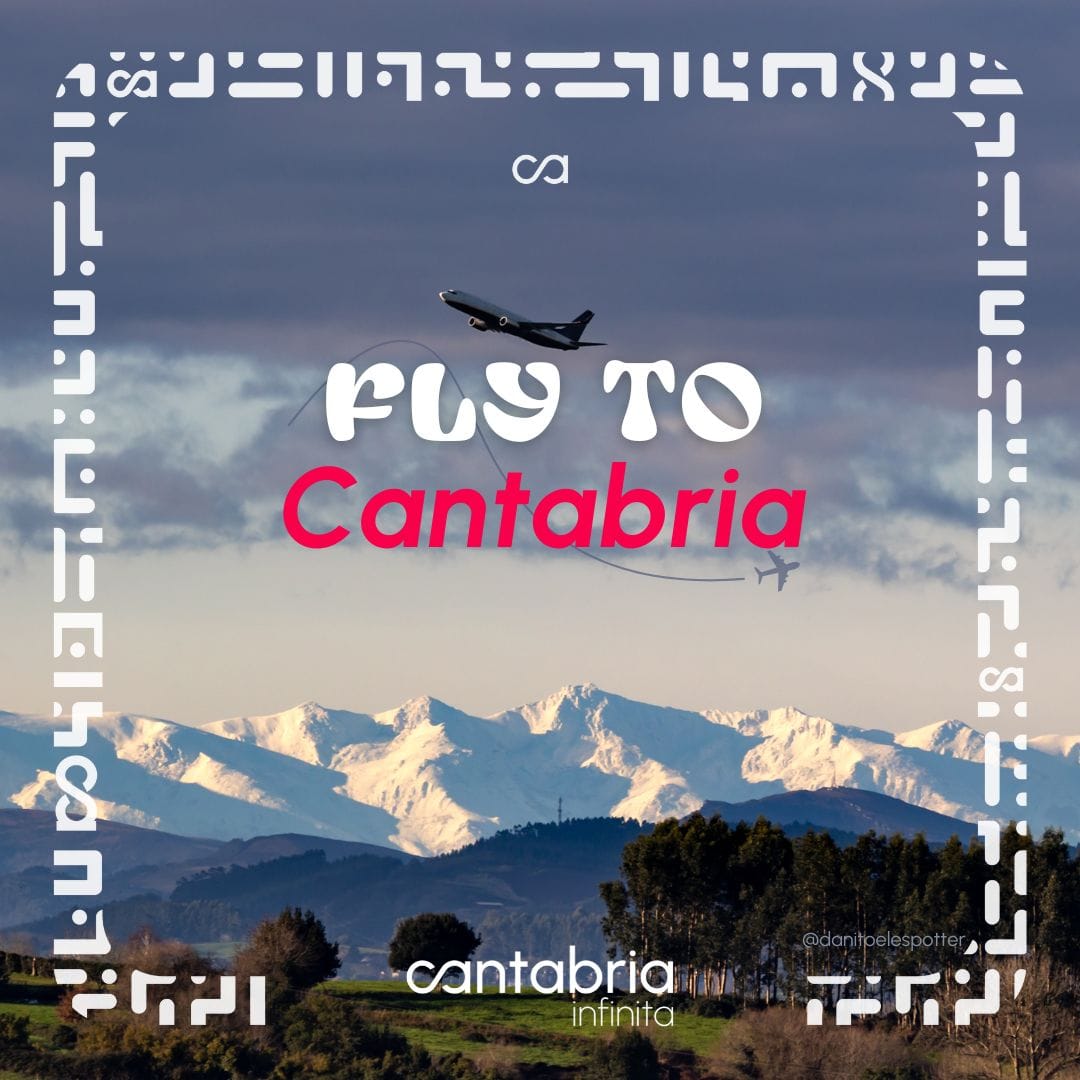Cantabria, two pilgrimage routes and a Lebaniego Jubilee Year
In the Christian world, any religious relic or vestige linked with an important holy place is linked with a Pilgrimage Route.
In this regard, Cantabria has a notable position, as it is the only region in the world with two Christian pilgrimage routes: the Northern Way and the Lebaniego Way, both declared World Heritage Sites by UNESCO.
Running through Cantabria is the part of the Camino de Santiago known as the Northern Way, stretching from Ontón to Unquera, and passing through towns as emblematic as Castro Urdiales, Laredo, Santoña, Santander, Santillana del Mar, Comillas, and San Vicente de la Barquera. The Northern Way is one of the preferred options for pilgrims who decide to take the Camino de Santiago, thanks to the spectacular beauty of its landscapes.
However, in addition to the Northern Way, Cantabria has its own Pilgrimage Route: the Lebaniego Way.
This 72 kilometre pilgrimage route starts in San Vicente de la Barquera and ends at the Monastery of Santo Toribio de Liébana, separating from the Northern Way in the town of Muñorrodero, 12 kilometres from San Vicente de la Barquera. Since the Middle Ages, flows of pilgrims to the Monastery of Santo Toribio de Liébana have been recorded, the resting place the remains of the Saint, to which curative and miraculous properties are attributed. Pilgrims go there to venerate the Lignum Crucis, the largest piece of the Cross of Christ that exists. The pilgrims of the Lebaniego Way are therefore known as “crucenos” or “Pilgrims of the Cross”.

Visiting the Lignum Crucis in the Monastery of Santo Toribio de Liébana as the first pilgrims did is a must. In the Middle Ages it was inconceivable to make the pilgrimage to Santiago de Compostela without passing through Santo Toribio, without passing through Liébana. Santo Toribio is a place of pilgrimage in itself, with its own identity, granting the curative and miraculous properties attributed to the remains of the Saint of Astorga (venerated as Santo Toribio) and the relic of the Lignum Crucis.
The Lebaniego Way takes on special importance this year, as in 2023 the Jubilee Year is celebrated, which will be the 74th and on the occasion of which the Puerta del Perdón of the Monastery of Santo Toribio will reopen.
The countdown to this event has now started, as the Liébana Jubilee Year will begin on the 16th of April. But why is 2023 a Holy Year? This occurs each time the day of Santo Torbio falls on a Sunday, as is the case this year.
The Celebration of the Liébana Holy Year began in the 16th century, after the Papal Bull of Pope Julius II of the 23rd of September 1512 which granted the privilege of the Liébana Holy Year, making the Monastery of Santo Toribio an important place of pilgrimage, at the time being one of the most important holy places in Europe. The reason for the Papal Bull was the presence of the Lignum Crucis in the monastery, the relic that Toribio de Astorga had brought from the Holy Land – the largest piece of the Cross of Christ that still remains.
The privilege of the jubilee has been shared since the Middle Ages with Rome, Jerusalem and Santiago de Compostela, and there have now been 500 years of pilgrimage to Santo Toribio de Liébana, through Cantabria and the Lebaniego Way.
Like each Holy Year, the Government of Cantabria organises a series of religious and cultural activities, aimed at highlighting the historical, social, political and religious importance of the region of Liébana, with the Monastery of Santo Toribio as the focal point.
150 concerts, 10 exhibitions, 70 sports events, 30 art shows, 20 gastronomy events and much more, with artists as important as Josep Carreras, Ara Malikian, Alejandro Sanz, MUSE, Sabina and many more.
However, as has occurred since the Middle Ages, each symbolic closure of the Puerta Del Perdón in no case entails closing the doors of the activity until the next Jubilee; likewise, it also does not mean that Liébana closes its welcoming doors. Instead, adding this renewed value to its already numerous resources, they will be kept open constantly for anyone who wishes to discover this region, enjoying the legacy, heritage and values that make this region of Cantabria a “Jubilee Region”, because it does not have to be a Jubilee Year to make the pilgrimage and have the experience of the Lebaniego Way to the Monastery of Santo Toribio.
You can find all information on the Liébana Jubilee Year and the Lebaniego Way at www.caminolebaniego.com and at www.turismodecantabria.com.
Do you feel like taking the route this Liébana Jubilee Year? At Cantabria Infinita we are looking forward to your visit.
Visit, discover and enjoy Cantabria.






